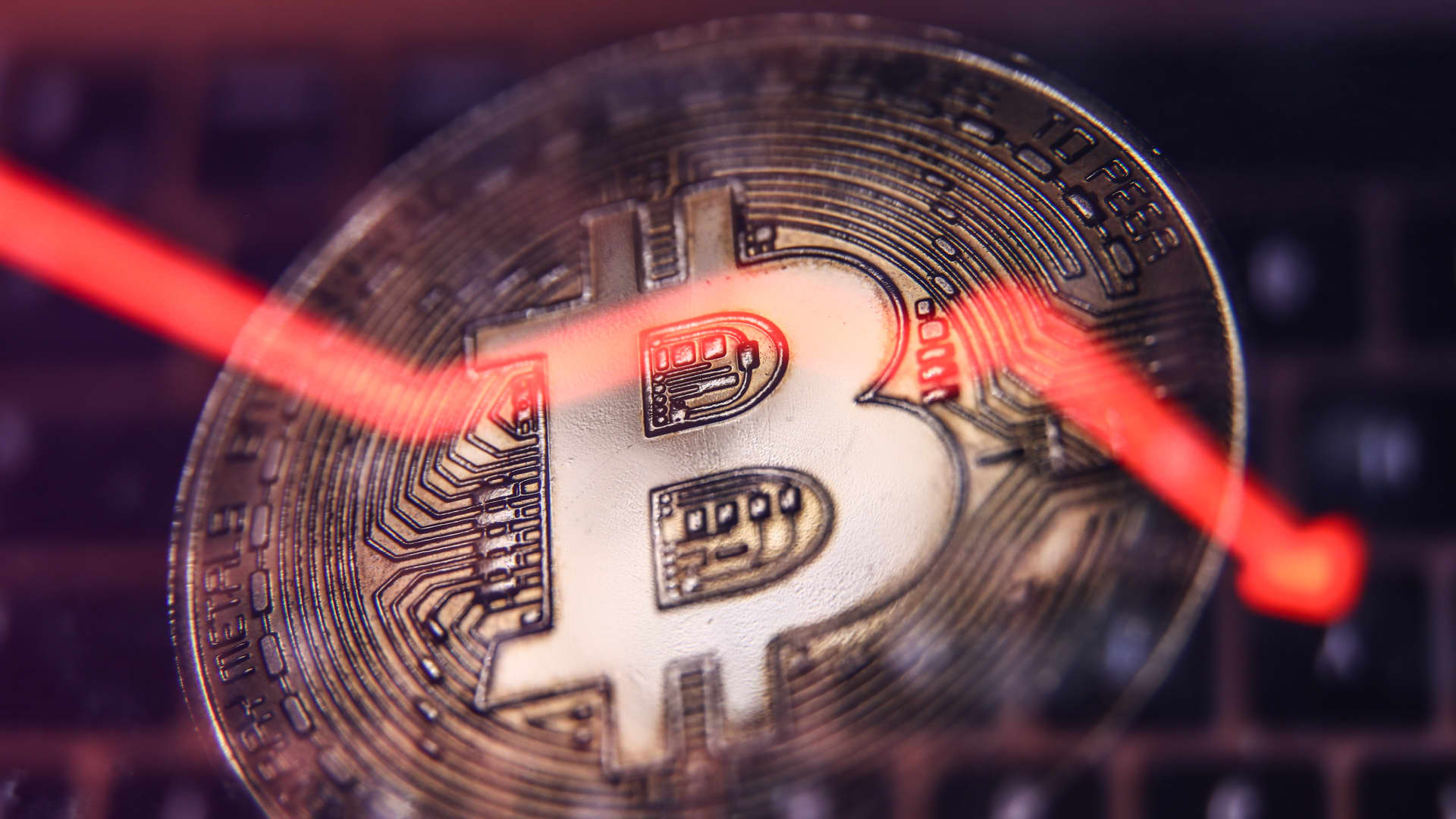Bitcoin will fall further, says fund manager — until this one catalyst kicks in

One key thing is needed for a rally in bitcoin prices, according to Michael Howell from Cross Border Capital: liquidity. Howell, a fixed income manager overseeing more than $1 billion in assets, said cryptocurrency values had declined recently because central banks worldwide have drained liquidity from financial markets by raising interest rates. Bitcoin, for example, has lost about 75% of its value from its all-time high of $67,130 in October 2021. According to Coin Metrics data, it was trading around $16,359 on Thursday. The decline comes as $29 trillion of liquidity has been pulled out of the financial system over the same period, according to Howell. “They’re completely connected,” he said and warned investors that prices will likely fall further in the near term. “We have maximum liquidity tightness right now, and central banks are actually thinking about squeezing even more.” “What you’re going to start to see is more road crashes as time goes on,” the bond fund manager added, referring to the crisis facing cryptocurrency exchange FTX, which is on the verge of collapse . FTX CEO Bankman-Fried told investors that the company is facing a shortfall of up to $8 billion from withdrawal requests and needs emergency funding, CNBC reported on Thursday. Bitcoin rally Howell believes cryptocurrencies are “extremely liquidity sensitive” and might be one of the first indicators of changing conditions in financial markets. “If they [bitcoin prices] begin to bottom out here and even managed to claw their way back a little bit, that may well be a good indication that liquidity conditions are improving,” he said. He added that as soon as central banks pivot away from monetary tightening, assets — including bitcoin — “will see a very sharp rally. It’s very clear looking at the evidence historically.” However, Howell predicted central banks are unlikely to change their stance for many months, increasing the risk of investors getting in a “bit too early.” “I’d rather wait two or three months — miss potentially the first few percent — and then get in when the trend is clear,” he said. “At the moment, I still think there is danger out there.”









